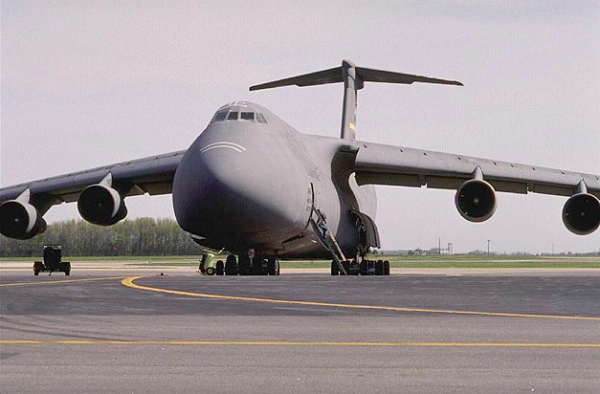
I have slowly adopted this method over the years and so far it has been very helpful for locating data. Within each optic I can just drag my data from the working HD which is already labeled and organized. On the platters I have archives for astrophotography, for ex Astrophotography 2018, within this folder I categorize by optics 135mm, 50mm, 480mm 600mm etc. When I finish an image I move it to platter storage. cr2 files and xisf Pi files very quickly. The working HD will contain two data sets usually, it is a very fast Samsung 960 evo m.2 nvme which can read and write bid. I do not keep calibrated files after processing, just the raw. I have what I call a working hard drive and then I have 5tb of storage that I save processed raw data onto. Next I build folders according to the Target, sub folders containing the camera model and a third sub folder for lights, I keep calibration frames together in case I shot more than one target that night. You keep the xif data in the raw files and they are also clearly labeled.
ISORTPHOTO DOWNLOAD ISO
Bridge is great because it has powerful filtering tools, filter by exposure, camera model, iso etc. At the end of each session I move all of my data to a hard drive and Batch Rename the files, batch rename is a tool in bridge, I Input the Date, Camera, Exposure, ISO, DSO, Filter, and frame type "light, flat, Dark, Bias.
ISORTPHOTO DOWNLOAD FREE
I use Adobe Bridge which is free and Very useful for DSLR files. If I want to know exactly what happened to my exposures on a night in 1996, I can easily find out. This method dates back to 1996, except that my developed film is kept in real folders and the records were written on papers. Using this method, I have no problem quickly figuring out what happened to each file, or what files I will need for whatever tasks. I have accumulated about 4TB of raw files since 2011. Managing these log files is much easier and faster. Your computer will not need to go through thousands (if not tens of thousands) of files to search for certain EXIF keywords, or to give you a list of hundreds of filenames. I will also see which imaging session has huge temperature variation, so I can pay more attention to them when I collect dark files from my dark library and spend some extra time to examine the results of dark subtraction.īecause these log and index files are all text based, reading them and searching in them are quick. Based on these records, I can also easily figure out which nights had relatively poor seeing or poor transparency, so the data associated with these nights should be discarded or given lower weights in the stacking. Then I look at the log files of those dates to figure out the files that I am going to need, including the lights, and associated dark, bias, and flat exposures. So, for example, if I want to stack and mosaick all my exposures on M31 in all past years, I can open the index file and use the search function to quickly identify the dates that contain data for M31.

My raw files are stored in folders named with the dates of downloading, so these date-based exposure logs can be easily linked to the actual location of the raw files in my disks. In the parent directory, I also have an index file that summarizes what happened in each night over the years. You may click into any of the years and open one or two of the log files to see how I keep the records of my exposures in each night. It contains my records of all my deep-sky exposures since 2011.

However, if you want to keep track of years or even decades of data and things like sky condition, temperature, tracking, etc, just the file/folder names and EXIF data won't be enough. Those are good methods and should work well to some extent.

People suggested using folder names, file names, and EXIF data to keep track of things. It depends on how deep you are into this hobby, and how long do you expect to remain in this business.


 0 kommentar(er)
0 kommentar(er)
